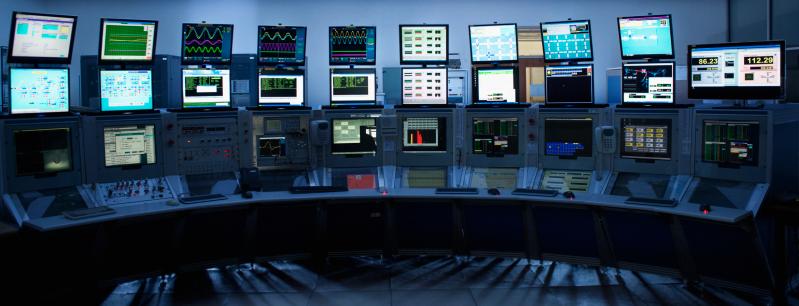

SYSTEM MONITOR INSTALL
If you’re on Ubuntu the easiest way to install (manage, and configure) GNOME extensions is to install the gnome-shell-extension-manager app from the repos. Want to try it out? You can install TopHat from the GNOME extensions website. Instead of giving you a single pop-over with a terse overview of system resources relayed solely through percentages, TopHat embeds three live, updating processor, memory, and network graphs directly in to the top bar itself.Ĭlicking on a mini-graph reveals a pop over where you can see a larger, more detailed graph as well as a live, updating overview of the top six processes using that resource type.

But most tend to be singular, putting a wealth of system resource info within a two column table. Heck, I feel like I’ve written about them all at some point. There are, of course, ample system monitor GNOME extensions out there.
SYSTEM MONITOR WINDOWS
Use the Windows key + R keyboard shortcut to open the Run command, type. TopHat is a new system monitor GNOME extension that puts a top-level overview of active CPU, RAM, and network usages in the GNOME Shell top bar. SolarWinds Server & Application Monitor (FREE TRIAL). Here are three ways to open Performance Monitor: Open Start, do a search for Performance Monitor, and click the result. Navigate to the Administration > Server Manager > Server Configuration, then select the Policy Manager. Graph displaying in percentages the total swap used.Want to keep an eye on your system resources without pulling up a terminal or launching GNOME’s System Monitor tool? To configure the System Monitor service: 1. It can display the system's overall memory.
SYSTEM MONITOR FREE
Graph displaying in percentages the total memory used. Monit is a free open source and web-based process supervision utility that automatically monitors and manages system processes, programs, files, directories, permissions, checksums, and filesystems. System Monitor II is a free desktop gadget for Windows which checks memory usage and core CPU usage in real-time and lets you monitor system performance. Graph displaying in percentages the total disk (data) used. Graph displaying in percentages the total disk (software) used. Graph displaying the load average of the CPU. Graph displaying in percentages the total CPU used. See About the Was Fuzzied Filter for more information. Graph displaying the total fuzzied events received per second. (You can see the current and the filtered events.) Graph displaying the total events received per second. If you are using the System Monitor for the first time and have not yet configured any systems, at the top of the page, you will see a menu with the IP addresses of systems that are available.
SYSTEM MONITOR DRIVER
Go to Settings > System, and then click System Monitor in the left navigation panel. The System Monitor driver for KEPServerEX uses the Microsoft Performance Data Helper application interface to provide access to performance information. If you have more than one sensor configured in your environment, you need to select a sensor. You can choose between the last 24 or 7 hours. System Monitor ermöglicht es Ihnen, Ressourcen und Leistung Ihres Windows Phone überwachen. A system performance monitor (SPM) is a type of application that identifies, collects, monitors and reports on the overall operational health of a computer. See Role-Based Access Control (RBAC) in USM Anywhere for more information. The USM Anywhere System Monitor page enables the user whose role is manager to display statistics of the data coming from sensors inside a time-frame.


 0 kommentar(er)
0 kommentar(er)
